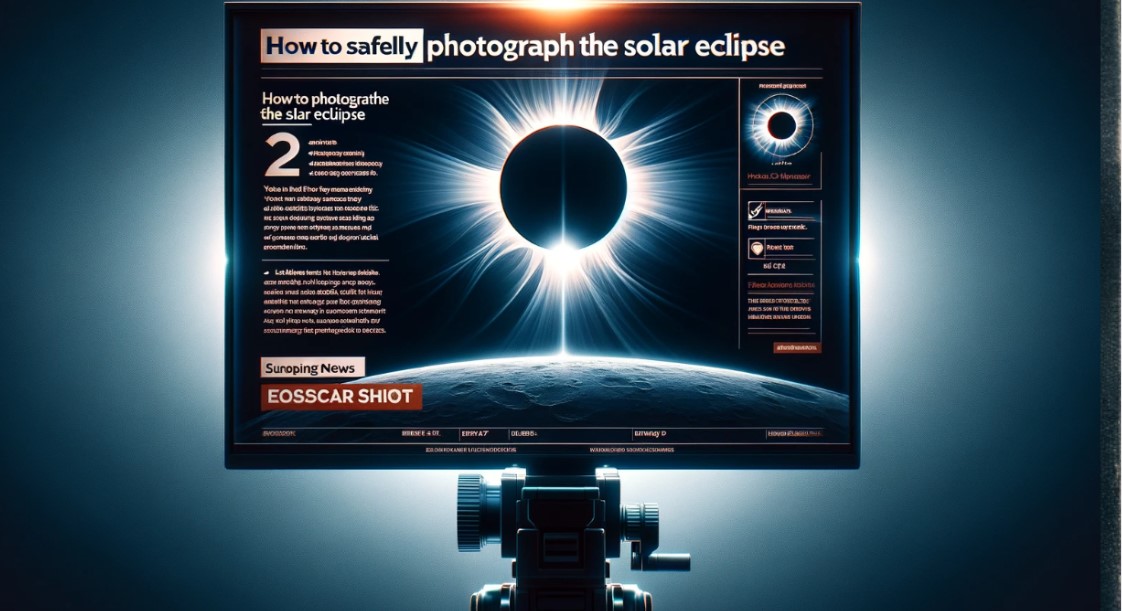As the total solar eclipse approaches over North America on April 8, many individuals will instinctively grab their phones or cameras to capture the rare moment. Brock Associate Professor of Visual Arts, Amy Friend, an internationally recognized photographer, offers valuable insights on documenting this phenomenon safely while also urging the public to explore alternative ways of experiencing this once-in-a-lifetime event.
Prioritize Safety Precautions
Friend emphasizes the importance of taking safety precautions for both viewing and documenting the eclipse. Essential tips can be found on Brock’s Eclipse on the Escarpment web page. It is crucial to equip any camera, including smartphones, with proper solar filters.
Friend advises, “Solar filters for traditional cameras and cell phones are available online from several retailers, but consumer research is key to ensuring the purchase of an international standard filter (full-aperture and off-axis) with regulated qualities, making it safe for photographing the eclipse.”
Practice Makes Perfect
According to the award-winning photographer, practice is paramount. She suggests practicing beforehand by photographing the everyday sun without direct exposure. Taking photos of the sky on sunny days can help determine appropriate aperture and shutter speed for the intense light conditions. Additionally, getting comfortable with outdoor night photography is recommended.
Friend explains, “During totality, when the sun is fully blocked by the moon, turning the sky dark, the camera will need adjusted shutter speeds and aperture settings to take a successful photo.”
Experimentation with Settings
Friend recommends experimenting with the high dynamic range (HDR) setting on cameras, which captures high-contrast photos. This setting allows multiple photos of the eclipse to be combined to create a single image, capturing unique details.
“The visual effect of this is very interesting as the second-to-second variations in the sun flare created by the eclipse combine creating a beautiful image capturing unique details,” Friend adds.
Explore Creative Alternatives
For those interested in alternative viewing methods, Friend suggests using pinhole projectors or constructing boxes that filter sunlight to create a projection onto a nearby surface. This approach allows individuals to view the projection rather than directly observing the eclipse.
Friend explains, “Using this approach, the person would be looking at the projection instead of the eclipse itself. What they would see is a darkening circle in the form of a crescent, which is the moon starting to cover the sun.”
Appreciate the Experience
While many individuals aim to capture a photo of the eclipse, Friend acknowledges the challenges and encourages people to prioritize experiencing the event fully. She reflects on the historical caution against photographing celestial phenomena and highlights the desire to personally capture the moment as natural.
Friend shares, “There is also the excitement of going online and sharing your photo — the ‘after’ of the experience — that can be quite engaging and stirs up response and dialogue, simultaneously amplifying the experience and documenting it in popular culture.”
A Moment of Unity
Friend finds beauty in historic images depicting people experiencing celestial events in group settings, viewing them as visual time capsules reflecting the culture and technology of the time.
“I think there is something quite beautiful about that moment, where we all just stop and view something rare and spectacular in the sky together,” she concludes. “The sun and moon have paused life for a moment.”




